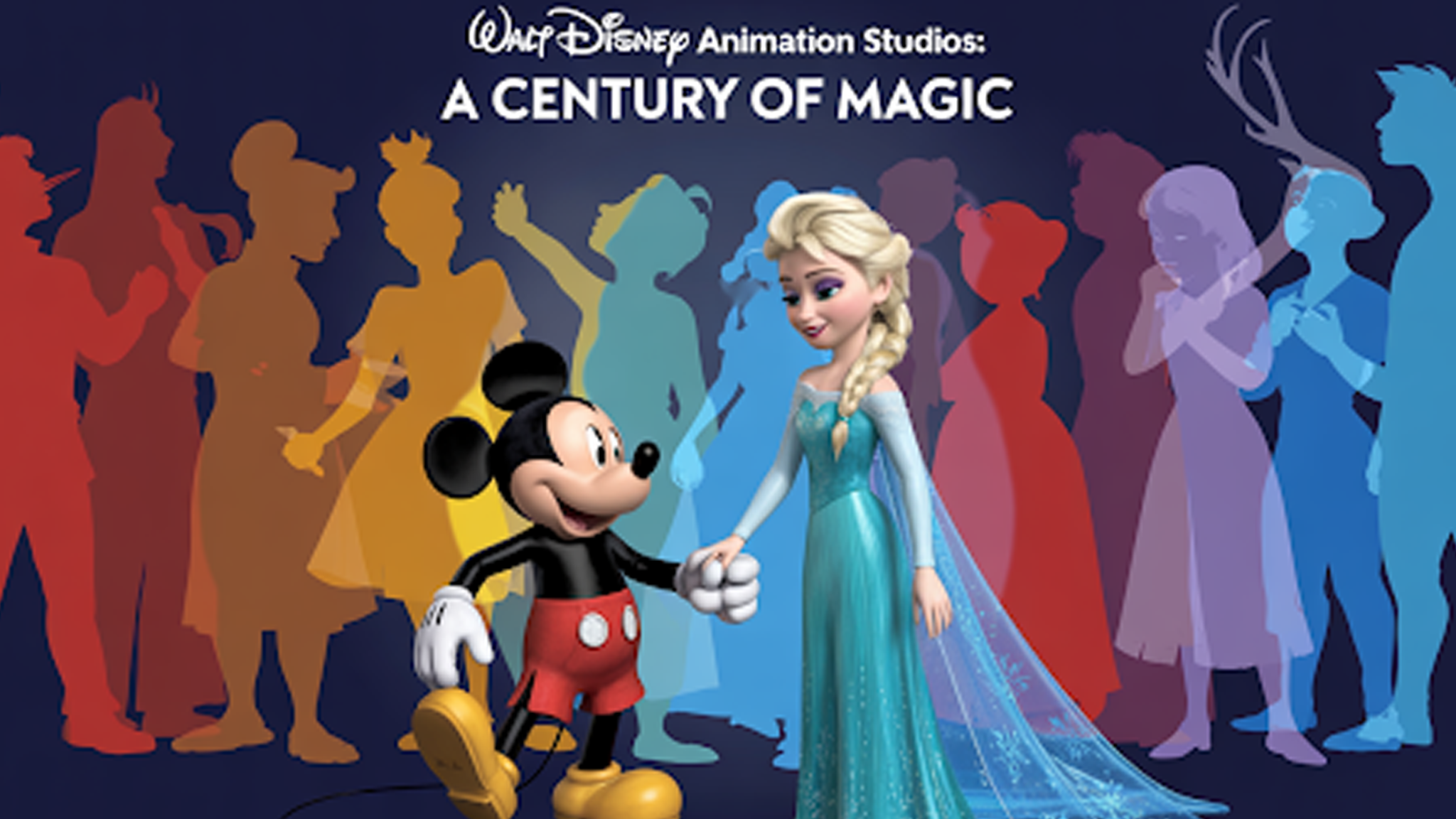Animated visuals have something special. They grab attention and stick in your head. That’s why so many movies like Finding Nemo, cartoon series, and even marketing campaigns lean on 2D and 3D animation. It is like a “good jingle on the radio” that you can’t ignore once it’s in your mind.
And when we talk about animation, you can’t skip Walt Disney Animation Studios. This is the studio that gave us Mickey Mouse, loved by generations of kids, and Frozen, with its Oscar-winning hit “Let It Go.”
So if you’ve ever wondered where Disney started, how it grew, and why it still matters, this guide will walk you through it.
When Was Disney Made?
The story starts in 1923. Walt and Roy Disney set up a small studio in Los Angeles called the Disney Brothers Cartoon Studio. They weren’t building a global empire yet. They were just chasing a dream.
The first hit came with a character named Oswald the Lucky Rabbit. But Walt lost the rights to Oswald in a contract dispute.
That setback forced him to invent something new. Out of that moment came Mickey Mouse, who debuted in 1928 in Steamboat Willie. That short film was the first with synchronized sound, and it turned Disney into a household name.
By 1937, the studio took an even bigger leap with Snow White and the Seven Dwarfs. It was the first full-length animated feature in history. Critics thought it would fail. Instead, it became one of the highest-grossing films of its time.
That’s how Disney Animation Studios carved its path: bold bets, technical innovation, and stories people remembered.
What Makes Walt Disney Animation Studios Different?
Plenty of studios make animated films. But Disney did three things that set it apart.
First, it treated animation as cinema, not novelty. Before Disney, animated shorts were mostly slapstick and throwaway. Disney added narrative depth. Characters had motivations, emotions, and arcs.
Second, it pushed technology forward. Multiplane cameras gave depth to 2D animation. Later, the studio experimented with computer graphics, leading to films like Tron and eventually Frozen.
Third, it built characters into icons. Mickey, Goofy, Donald, and later Elsa and Moana weren’t just figures on-screen. They became cultural touchstones. When a character like Mickey Mouse can rival global brands in recognition, you know the storytelling hit differently.
How Disney Changed the Business of Animation
Walt Disney Animation Studios didn’t just shape art. It shaped business.
Before Disney, studios rarely thought of animated content as more than short reels before a main feature. Disney proved a cartoon could anchor a feature film, drive merchandising, and fuel an entire theme park ecosystem.
That business model lives on in many ways. For example, companies today invest in 3D visualization for product launches or storytelling campaigns. It’s the same logic: visual stories sell better than plain text or static ads. Animation creates emotional hooks. It helps people remember.
You can also create visualizations for your project, whether it’s movies, gaming, cartoons, or a marketing campaign, with AnimatedVideos.co. We provide our services across almost every niche, including entertainment, health, education, fashion, and more, turning ideas into 2D and 3D animations.
What are Disney’s Most Famous Contributions?
A short list doesn’t do justice, but some milestones stand out:
- Snow White and the Seven Dwarfs (1937) showed the world that animation could carry a full-length film.
- Cinderella (1950) and Sleeping Beauty (1959) set the standard for fairy-tale adaptations.
- The Little Mermaid (1989) launched the Disney Renaissance, a golden era of hits that included Beauty and the Beast, Aladdin, and The Lion King.
- Frozen (2013) introduced a new wave of computer animation success. The song “Let It Go” alone turned into a cultural event.
Each of these films wasn’t just entertainment. They reset industry expectations. They raised the bar for storytelling, music, and character design.
What About Pixar and Disney?
You can’t talk about modern Disney without mentioning Pixar animation. Pixar started as an independent studio, breaking ground with Toy Story in 1995. That film was the first fully computer-animated feature.
Disney eventually acquired Pixar in 2006. But the relationship was more than financial. Pixar’s success forced Walt Disney Animation Studios to adapt. It pushed them deeper into computer graphics and storytelling innovation.
Without Pixar, Disney might have leaned longer on traditional 2D. With Pixar, Disney sharpened its edge in 3D. Today, both studios release separate films but often influence each other’s creative choices.
How Disney Influences Other Industries
It’s easy to focus on the movies. But Disney’s influence runs far beyond that.
Theme parks are one obvious extension. Merchandising is another. Yet there’s a subtler influence too. Disney proved how animation could carry complex messages. That idea moved into education, advertising, and branding.
Today, companies add GIFs animation in marketing campaigns for quick attention. Businesses hire studios like AnimatedVideos.co to build explainer videos that break down services. The model looks simple: use animation to make something memorable. But the root of that practice stretches back to Walt Disney Animation.
Future of 3D Animation
The field Disney helped shape isn’t standing still. Computer-generated imagery is now the norm. AI-assisted tools are entering the mix. Streaming platforms demand more content at faster speeds.
The future of 3D animation looks like a mix of photorealism and stylization. You’ll see hyper-detailed characters in games and films, but also flat, expressive designs in short-form content. Disney is investing heavily in both sides.
FAQs
What is Walt Disney Animation Studios?
Walt Disney Animation Studios is the pioneering studio behind iconic characters and films. It created Mickey Mouse and groundbreaking animated features like Snow White and Frozen. The studio shaped modern animation with storytelling, music, and technical innovation.
When was Disney founded?
Disney was founded in 1923 by Walt and Roy Disney. The studio started small in Los Angeles and quickly became a global entertainment powerhouse. Early successes like Steamboat Willie set the stage for decades of animated storytelling.
What are Disney’s most popular animated movies?
Disney’s most popular movies include Frozen, The Lion King, and Finding Nemo. These films combined storytelling, music, and animation to create cultural touchstones. Each movie raised the bar for both 2D and 3D animation.
Who is the most famous Disney character?
Mickey Mouse is the most famous Disney character, recognized globally across generations. Other iconic characters include Donald Duck, Goofy, and Elsa from Frozen. These characters helped define Disney’s brand and influence pop culture worldwide.
How did Disney change animation?
Disney transformed animation by creating full-length feature films with strong narratives. Innovations like the multiplane camera and computer-assisted techniques expanded what animation could achieve. The studio set a standard for combining story, music, and character development.
What is the Disney Renaissance?
The Disney Renaissance refers to the period between 1989 and 1999 when Disney produced hits like The Little Mermaid, Aladdin, and The Lion King. These films revived interest in animated features and combined advanced animation techniques with memorable storytelling.
Can businesses use Disney-style animation for marketing?
Animated storytelling is effective in marketing because it grabs attention and communicates ideas clearly. Companies can use 2D and 3D animations for explainer videos, advertisements, and presentations to engage audiences. Studios like AnimatedVideos.co specialize in turning concepts into compelling animated visuals.
How can AnimatedVideos.co help create animated projects?
AnimatedVideos.co offers professional 2D and 3D animation services across multiple industries. Entertainment, education, health, and fashion brands can transform ideas into engaging visuals. The team ensures every project tells a story with clarity and impact.
Why does Disney still matter today?
Disney continues to influence animation, culture, and storytelling worldwide. Its films inspire modern animators, marketing campaigns, and digital media. The studio’s legacy demonstrates how strong characters and stories can create lasting emotional connections.
Final Thought
Walt Disney Animation Studios began as a two-brother experiment in Los Angeles. Today it stands as one of the most influential creative companies in history. It shaped art, business, and technology.
And its impact isn’t confined to theaters. It shows up in every corner of modern animation. From Hollywood blockbusters to the animation in a business website explaining a new app, the DNA is there.
If you want your own story told with that kind of clarity, that’s where we come in. At AnimatedVideos.co, we create 2D and 3D animations that help brands connect with audiences. Disney made animation timeless. We make it practical for your business today.



